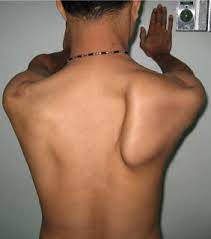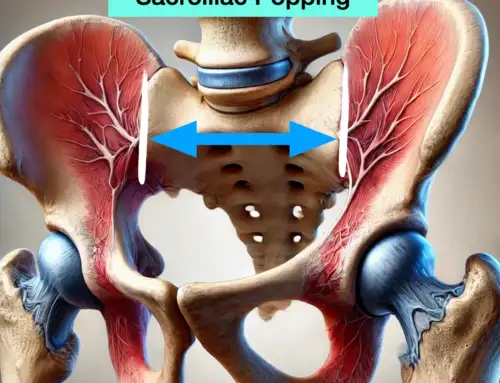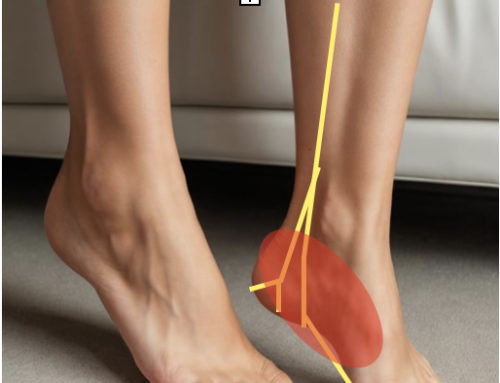Serratus Anterior Muscles or Serratus Magnus
The serratus anterior muscle is a fan-shaped muscle at the lateral border of the thoracic cage. It is found anterior to the subscapularis and latissimus dorsi muscles, and anteriorly to the serratus anterior muscle, are the pectoralis major and minor muscles. Exercises that involve scapulothoracic motion, cause contraction of the serratus anterior muscle along with other dynamic stabilizing muscles such as rhomboid major and minor muscles, levator scapulae muscle, and trapezii muscles in order to stabilize the scapulothoracic joint. Exercises that generate the contraction of these muscles play an important part in the shoulder rehabilitation process.
Anatomy
Serratus exercises are important during the shoulder rehabilitation process. The serratus anterior muscle is often weak and most traditional training programs this muscle. That being the case, the serratus anterior muscle is commonly called the forgotten serratus anterior. The serratus anterior muscle, also known as the serratus magnus, originates from the fascia covering the external intercostal muscles and the external posterolateral surfaces of first to ninth ribs, traveling posteromedially on the thorax and anteriorly to the scapula, inserting onto the anteromedial border of the scapula. Found in the supra serratus area is the subscapularis muscle between the serratus anterior and anterior border of the scapula. The sub serratus area consists of the first nine ribs, intercostal muscles as well as the insertions of the serratus posterior superior onto the second to fifth ribs. Nerve innervation of “the forgotten serratus” is by the long thoracic nerve from C5-C7 nerve roots. Vascular supply is from the superior and lateral thoracic as well as the thoracodorsal arteries. Its digitations found at the site of the origin give the serratus anterior muscle its “saw-toothed” or serrated appearance.


Serratus Anterior Contraction
When the serratus magnus contracts it protracts and upwardly rotates the shoulder girdle at acromioclavicular and sternoclavicular joints and stabilizes the scapula against the thoracic wall. Due to its involvement in a punching motion, the serratus anterior is the “boxer’s muscle”. In a clinical setting, the forgotten serratus anterior can be tested by having the patient’s glenohumeral joint around 120° of flexion, humeroulnar joint in extension, and while resisting downward pressure on the upper limb, during which the serratus anterior can be seen and palpated. During testing, the medial border of the scapula can also be palpated for any “winging”, as if the serratus magnus is weak or paralyzed, the medial border of the scapula will be more prominent, giving it the “winged scapula” appearance.
GET IN TOUCH WITH DR. DEAN
YOU should be able to move the way you’d like to move without experiencing pain. YOU should be able to experience freedom and energy knowing there’s nothing holding back from giving your life 110%. Dr. Dean would like to learn more about your challenges with a quick phone or email before beginning treatment. Contact him today.






Leave A Comment